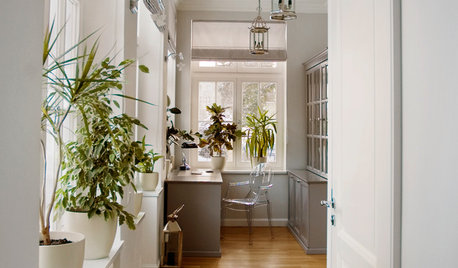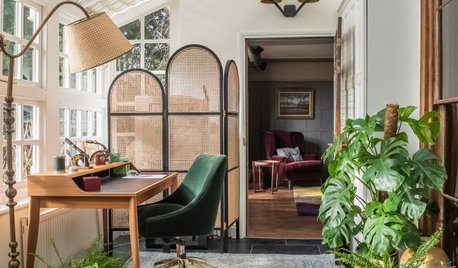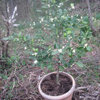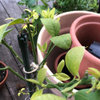Indoor Citrus Trees...advice for a beginner.....
Shiraz78
12 years ago
Related Stories

GARDENING GUIDES10 Tips to Start a Garden — Can-Do Ideas for Beginners
Green up your landscape even if you're short on time, money and knowledge, with these manageable steps for first-time gardeners
Full Story
EDIBLE GARDENSHow to Grow 10 Favorite Fruit Trees at Home
Plant a mini orchard in fall, winter or early spring to enjoy fresh-off-the-tree fruit the following year
Full Story
CHRISTMASReal vs. Fake: How to Choose the Right Christmas Tree
Pitting flexibility and ease against cost and the environment can leave anyone flummoxed. This Christmas tree breakdown can help
Full Story
HOUSEPLANTS8 Essentials for Healthy Indoor Plants
Houseplants add so much to our homes — and can thrive when grown in the right conditions. Keep these tips in mind
Full Story
HOUSEPLANTSIndoor Winter Gardens for Cheerier Days
Bring plants inside for drab-days mood boosting — not to mention cleaner indoor air and protection for your greenery
Full Story
HOUSEPLANTS10 Top Plants to Grow Indoors
Brighten a room and clean the air with a houseplant that cascades artfully, stretches toward the ceiling or looks great on a wall
Full Story
HOUSEPLANTSHow to Create an Indoor Landscape
Apply principles and elements of design to help your indoor garden flourish
Full Story
HOUSEPLANTSSimple Pleasures: Grow a Cheery Indoor Garden
Let houseplants work their magic on your rooms and you. These ideas will get you growing
Full Story
HOUSEPLANTSHow to Grow Orchids Indoors
Orchids are the exotic aristocrats of the flower world and can make themselves comfortable in almost any home
Full Story
PETSA Romp Through Pet-Friendly Materials
Deceptively durable, these stylish flooring materials and fabrics let you give Fluffy the run of the house
Full Story




meyermike_1micha
houstontexas123
Related Discussions
Which compact fluorescent bulb is best for indoor citrus?
Q
Meyer lemon tree advice
Q
New to citrus - Growing Satsuma in container
Q
Help with inexpensive indoor lighting for citrus trees this winter
Q
windy3sheets
Shiraz78Original Author
meyermike_1micha
Shiraz78Original Author
meyermike_1micha
windy3sheets
windy3sheets
Shiraz78Original Author
windy3sheets
meyermike_1micha
Shiraz78Original Author
Shiraz78Original Author
Shiraz78Original Author
Shiraz78Original Author
windy3sheets
Shiraz78Original Author
windy3sheets
Shiraz78Original Author
windy3sheets
meyermike_1micha
jojosplants
Shiraz78Original Author
meyermike_1micha
Shiraz78Original Author
greenman28 NorCal 7b/8a
Sabiann
Shiraz78Original Author
Sabiann
Shiraz78Original Author
meyermike_1micha